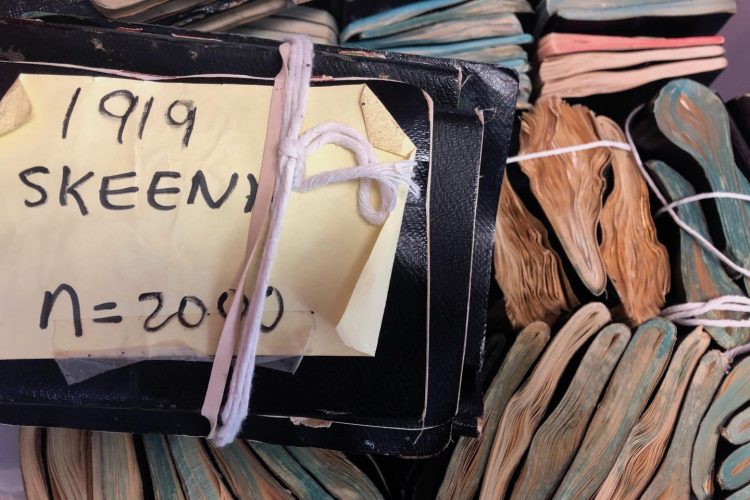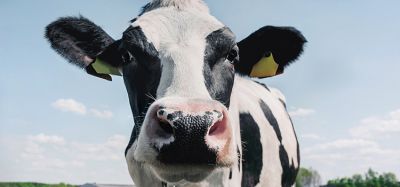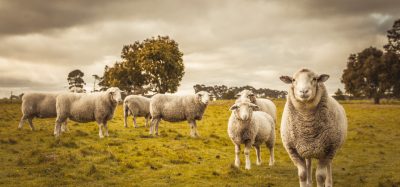Wild salmon under threat as numbers and diversity fall
- Like
- Digg
- Del
- Tumblr
- VKontakte
- Buffer
- Love This
- Odnoklassniki
- Meneame
- Blogger
- Amazon
- Yahoo Mail
- Gmail
- AOL
- Newsvine
- HackerNews
- Evernote
- MySpace
- Mail.ru
- Viadeo
- Line
- Comments
- Yummly
- SMS
- Viber
- Telegram
- Subscribe
- Skype
- Facebook Messenger
- Kakao
- LiveJournal
- Yammer
- Edgar
- Fintel
- Mix
- Instapaper
- Copy Link
Posted: 23 February 2021 | | No comments yet
A team of researchers have noted a decline in wild salmon population and diversity in Canada over the last century.


The collection of 100-year-old wild salmon scales from the Skeena River. Credit: Michael Price
The diversity and population of wild salmon is falling in Northern B.C., with researchers discovering that numbers of wild adult sockeye salmon returning to Canada’s second largest salmon watershed (the Skeena River) are 70 percent lower than 100 years ago.
The research undertaken by Simon Fraser University (SFU) and Fisheries and Oceans Canada also found that wild salmon diversity in the Skeena watershed has declined by 70 percent over the last century.
Drawing on 100-year-old salmon scales report
The study is a result of applying modern genetic tools to salmon scales collected from commercial fisheries during 1913-1947. The team used this to reconstruct historical abundance and diversity of populations for comparison with recent information.
Although the analysis revealed yearly fluctuations of sockeye salmon diversity in the Skeena River over time, it remained relatively stable overall. Today, the Skeena sockeye portfolio has largely declined to such an extend that it is now dominated by a single population that is primarily supported by artificial production from spawning channels.
“Our study provides a rare example of the extent of erosion of within-species biodiversity over the last century of human influence,” said Michael Price, an SFU PhD candidate and the study’s lead author. “That loss in abundance and diversity from wild populations has weakened the adaptive potential for salmon to survive and thrive in an increasingly variable environment influenced by climate change.”
The researchers also found that life-cycle diversity has shifted, with populations migrating from freshwater at an earlier age and spending more time in the ocean.
The team believe this research can help inform status assessments and rebuilding plan discussions for threatened salmon populations by expanding our understanding of historical diversity and production potential. The hope is that by rebuilding a diversity of abundant wild populations, salmon watersheds will become more robust to climate change.








